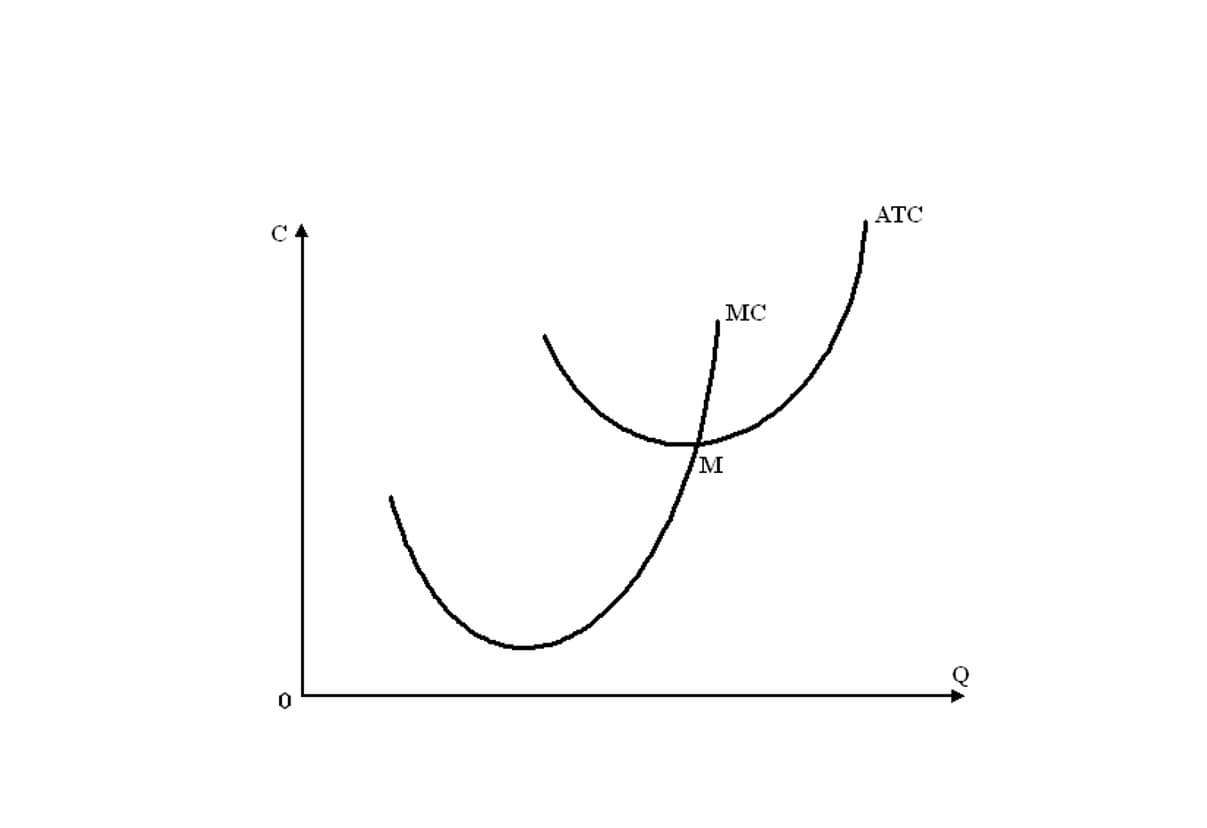
Managing and projecting working capital effectively in real-world scenarios often presents challenges. Inconsistent or unreliable data can complicate analysis, requiring strategies to normalize and reconcile discrepancies in historical financials. Tailoring assumptions is crucial for industries with volatile working capital dynamics.

Discount the cash flows
- With a working capital deficit, a company may have to borrow additional funds from a bank or turn to investment bankers to raise more money.
- To calculate working capital, you subtract a company’s current liabilities from its current assets.
- A challenge in assessing working capital is in properly categorizing the vast array of assets and liabilities on a corporate balance sheet.
- A higher cash flow signifies that the organisation’s income surpasses its expenditures, while lower cash flows indicate that expenses exceed income.
- The formula to calculate working capital—at its simplest—equals the difference between current assets and current liabilities.
- It can be used to value almost anything, from business value to real estate and financial instruments etc., as long as you know what the expected future cash flows are.
- Conversely, a consistently positive change suggests a business has sufficient resources to invest in growth opportunities or repay debt.
For both companies, the Change in WC is a fairly low percentage of Revenue, What is bookkeeping which tells us that it’s not that significant in either case. When the company finally sells and delivers these products to customers, Inventory will go back to $200, and the Change in Working Capital will return to $0. But Company A is in a stronger position because Deferred Revenue represents cash that it has collected for products and services that it has not yet delivered. A better definition is Current Operational Assets minus Current Operational Liabilities, which means you exclude items like Cash, Debt, and Financial Investments. In most cases, it will follow a very obvious pattern or no pattern at all – which means that forecasting it in financial models should never be that complicated. The Change in Working Capital tells you if the company’s Cash Flow is likely to be greater than or less than the company’s Net Income, and how much of a difference there will be.

How changes in working capital can affect your business
One 2022 study found that 58% of small to midsize businesses experience late payments from customers. Being forced to wait long periods of time for payment can drastically affect working capital and is a leading cause of small business cash flow problems. You just need to subtract current liabilities from current assets to determine the available capital. If future periods for the current accounts are not available, create a section to outline the drivers and assumptions for the main assets. Use the historical data to calculate drivers and assumptions for future periods. See the information below for common drivers used in calculating specific line items.
How to Reconcile Change in NWC on Cash Flow Statement
Much like the working capital ratio, the net working capital formula focuses on current liabilities like trade debts, accounts payable, and vendor notes that must be repaid in the current year. Conversely, a negative change in working capital signals potential liquidity issues or financial strain. This suggests a company is experiencing difficulty meeting short-term obligations or is funding longer-term assets with short-term debt.

Getting the discount rate (WACC in this case) is another topic of its own and we generally estimate the WACC of a business using the CAPM model with reference to market data of listed comparable companies. Although they are considered expenses from an accounting perspective (thus deducted in the net profit), theses are non-cash items as there is no actual cashflow involved. The terminal value is calculated in the terminal year and we will discuss more on how to do terminal value calculation later in this article. This article is going to focus on the most common application of a DCF, which is valuing a business. We will explain the concept behind and give you a step by step walkthrough on how to set up your spreadsheet and formulas to calculate the value of a business.
For instance, to find the change in accounts receivable, subtract the prior year’s balance from the current year’s. This comparative method applies to inventory, accounts payable, and other current accounts. Below is Exxon Mobil’s (XOM) balance sheet from the company’s annual report for 2022. We can see current assets of $97.6 billion and current liabilities of $69 billion. Positive working capital is when a company has more current assets than current liabilities, meaning that the company can fully cover its short-term liabilities as they come due in the next https://scien20.com/what-is-job-order-costing/ 12 months.

It is a financial measure, which calculates whether a company has enough liquid assets to pay its bills that will be due within a year. When a company has excess current assets, that amount can then be used to spend on its day-to-day operations. A positive change in working capital signifies an improvement in a company’s short-term financial health and liquidity.
Put another way, if changes in working capital are negative, the company needs more capital to grow, and therefore, working capital (not the “change”) is increasing. Remember that debt is a choice each business change in working capital formula will make for financial reasons. The big point of the working capital section is increasing any of these requires cash, a very important point that we will return to many times. Some of the information we will cover can be confusing, but it is important to understand.

Terminal year normalization
Simply put, Net Working Capital (NWC) is the difference between a company’s current assets and current liabilities on its balance sheet. It is a measure of a company’s liquidity and its ability to meet short-term obligations, as well as fund operations of the business. The ideal position is to have more current assets than current liabilities and thus have a positive net working capital balance. The net working capital (NWC) calculation only includes operating current assets like accounts receivable (A/R) and inventory, as well as operating current liabilities such as accounts payable and accrued expenses. Find out the current Assets and Liabilities from balance sheets of two different periods. Current assets from the balance sheet are typically cash, accounts receivable, inventory, and prepaid expenses.
Therefore, to adequately interpret a financial ratio, a company should have comparative data from previous periods of operation or its industry. You also keep an eye on how quickly receivables are being collected and how well inventory is selling—early signals that determine how fast that capital will cycle back into cash. Following the formula, if you’re holding $50,000 in inventory, have $30,000 in receivables, and owe $20,000 in payables, your WCR is $60,000. That’s how much working capital your business needs on a rolling basis to cover the lag between spending and earning. Your business’s required working capital—also called its working capital requirement (WCR)—is how much it needs to keep operations running.




